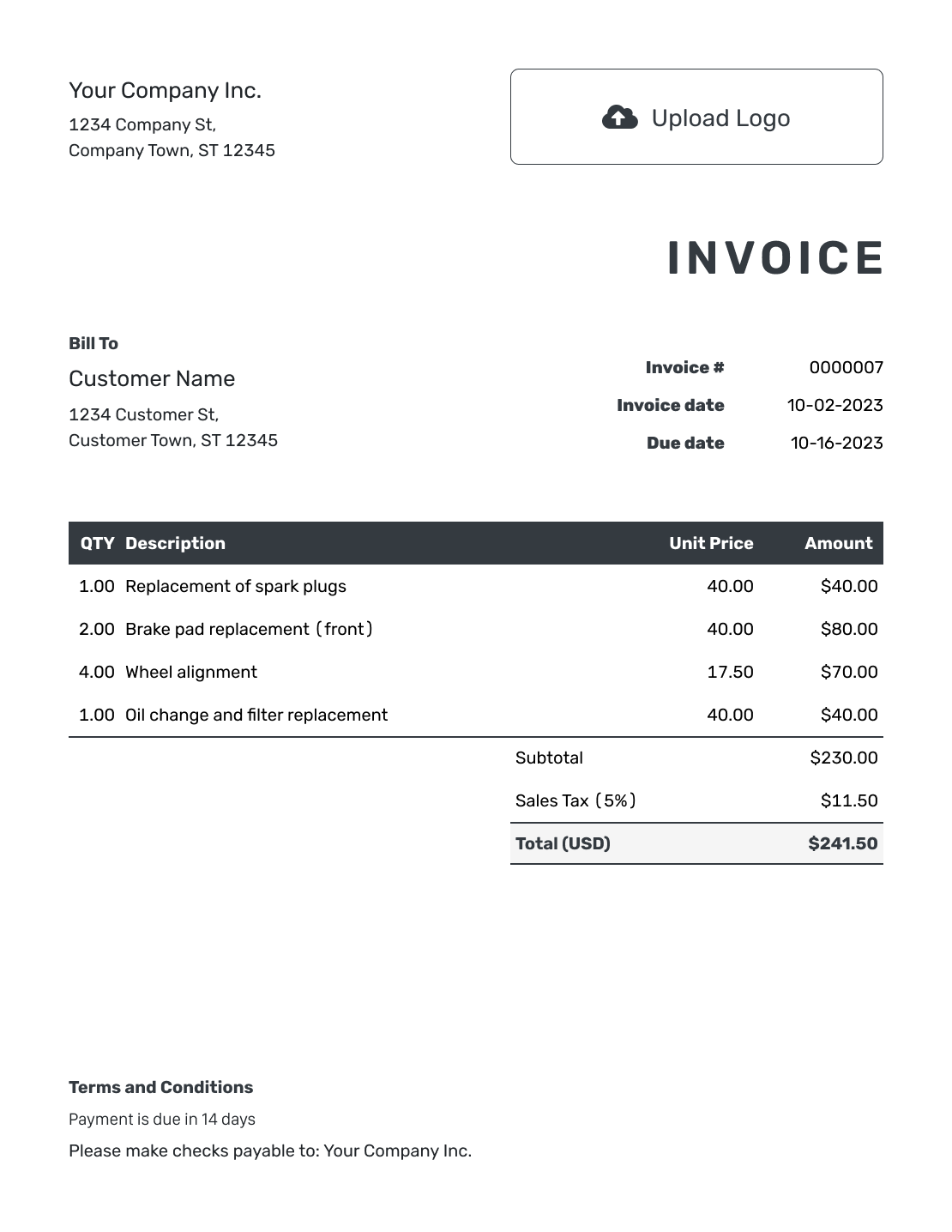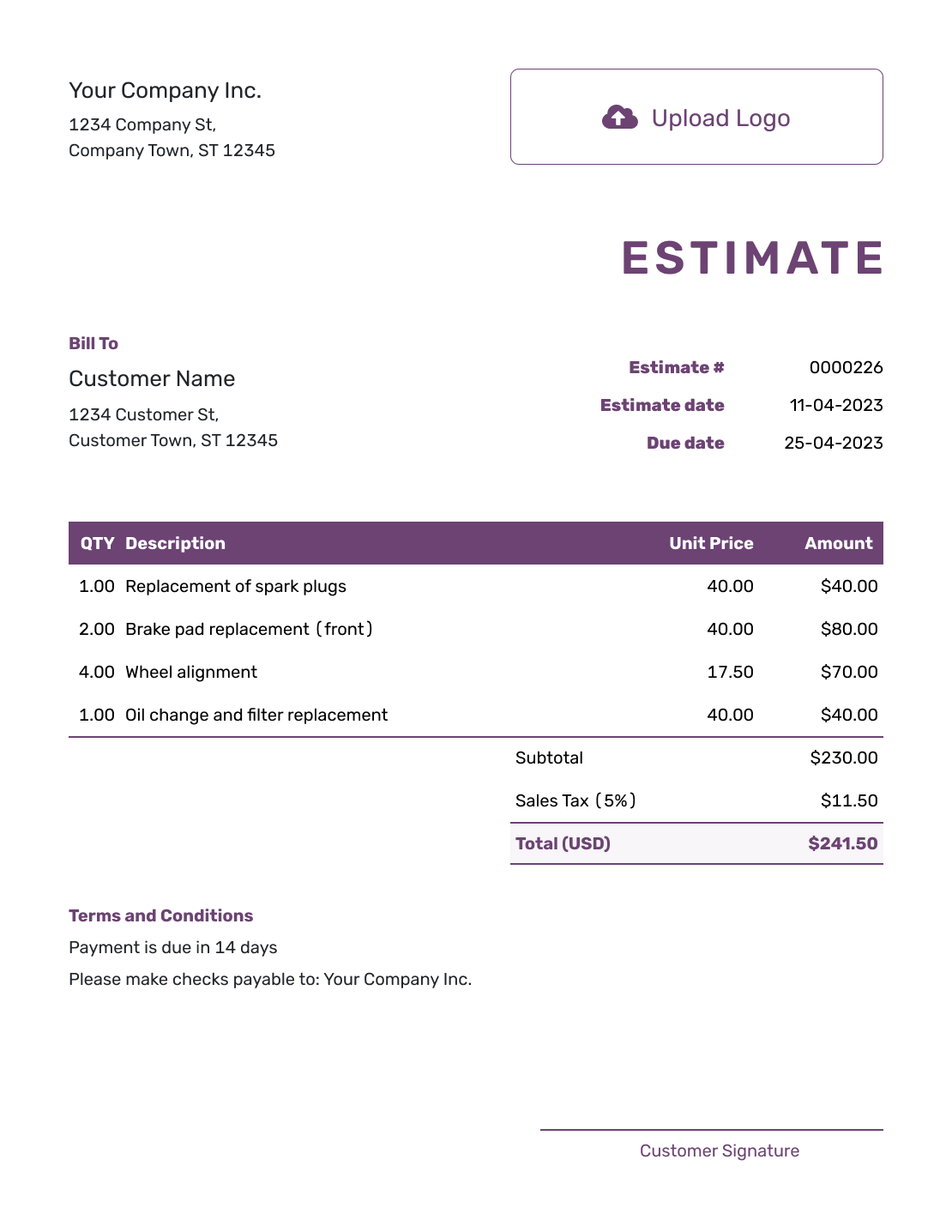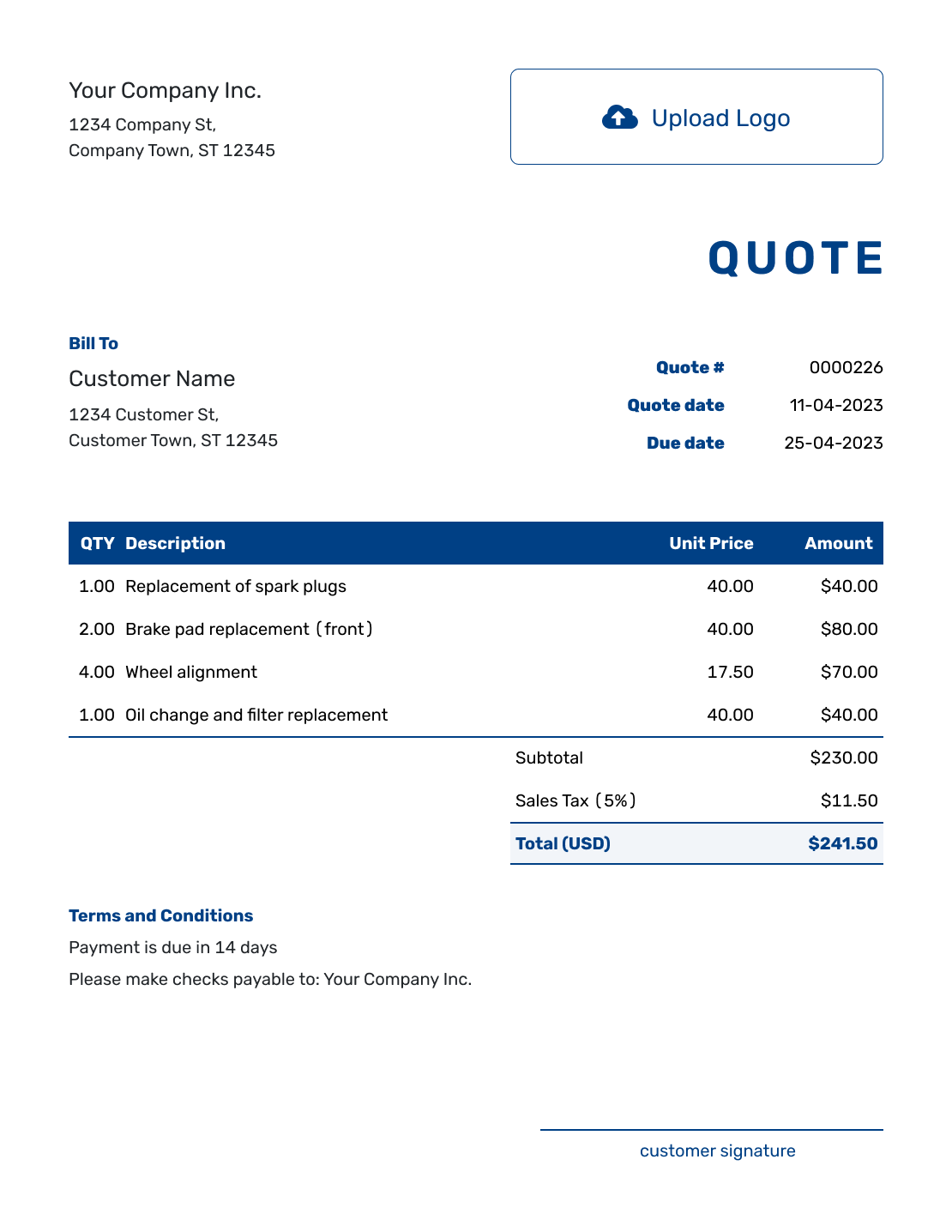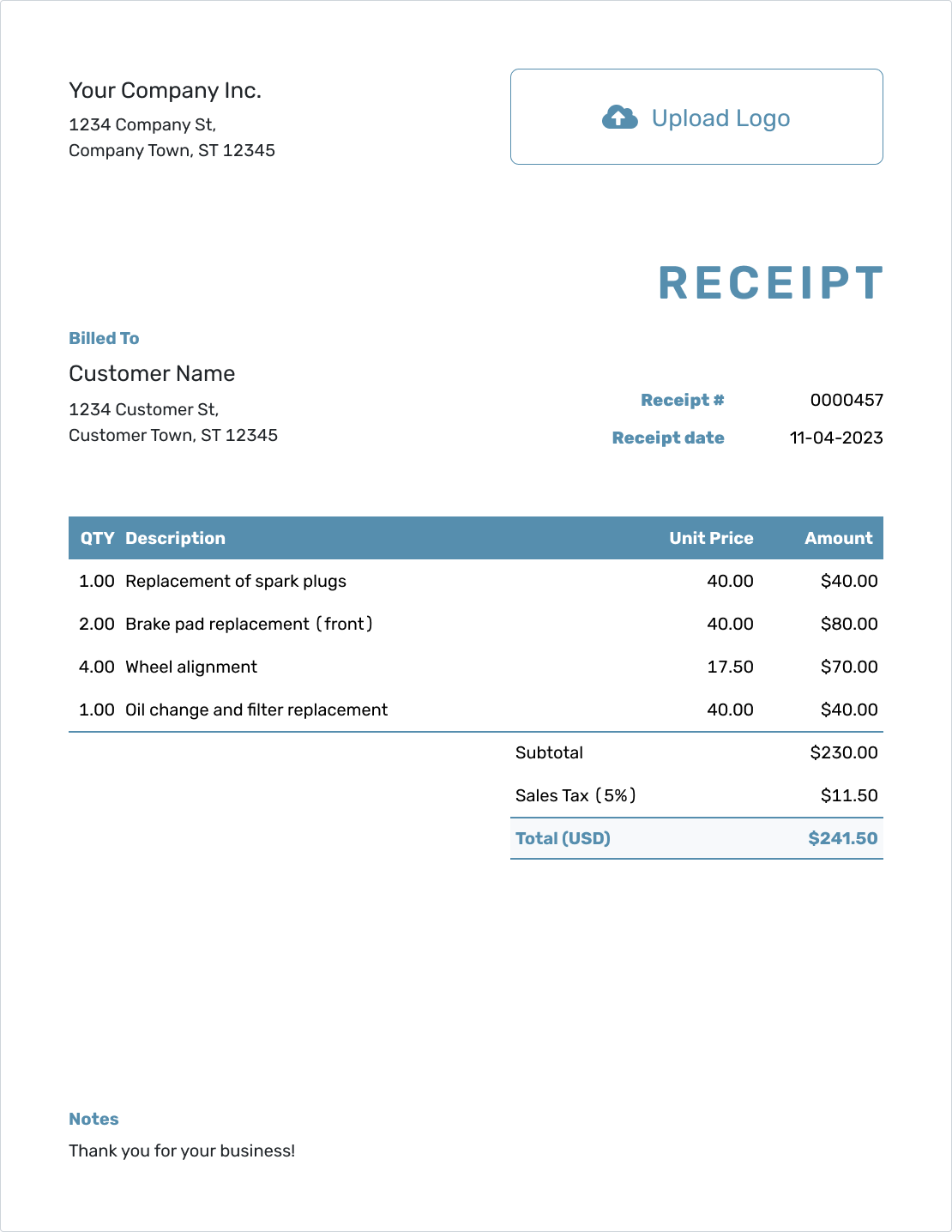Understanding
Chart of Accounts
Est. reading time: 6 min

A chart of accounts might sound complicated, but it is simply a list of all the financial accounts your business uses. Think of it as the "table of contents" for your bookkeeping system. It organizes everything into categories, like assets, liabilities, and revenue, so you can track where your money is coming from and where it's going.
What Is a Chart of Accounts?
The chart of accounts (COA) is a list of all the accounts a business uses to record its transactions. It acts as the backbone of your accounting system, ensuring every penny is accounted for. Each account has a unique number, making it easy to identify and classify transactions.
Why Use a Chart of Accounts?
A well-organized chart of accounts helps you:
- Stay Organized: Keep track of all your financial transactions in one place.
- Generate Reports: Easily create income statements, balance sheets, and more.
- Comply with Standards: Follow U.S. GAAP or other regulations.
U.S. GAAP Numbering Structure
Under U.S. GAAP, account numbers are typically grouped into ranges by category. Each range represents a key section of your financial statements.
- 1000–1999: Assets (Cash, Accounts Receivable, Equipment).
- 2000–2999: Liabilities (Accounts Payable, Loans).
- 3000–3999: Equity (Owner's Capital, Retained Earnings).
- 4000–4999: Revenue (Sales, Service Income).
- 5000–5999: Expenses (Salaries, Rent, Utilities).
Example Breakdown
- Assets (1000–1999):
- 1010: Cash in Bank
- 1020: Accounts Receivable
- 1040: Office Equipment
- Liabilities (2000–2999):
- 2010: Accounts Payable
- 2020: Short-Term Loans
- Equity (3000–3999):
- 3010: Owner's Capital
- 3020: Retained Earnings
- Revenue (4000–4999):
- 4010: Product Sales
- 4020: Service Revenue
- Expenses (5000–5999):
- 5010: Salaries
- 5020: Office Rent
- 5030: Utilities
Examples of Account Numbers
Here is a complete example of how a small business might set up its chart of accounts using U.S. GAAP standards:
| Account Number | Account Name | Category |
|---|---|---|
| 1010 | Cash in Bank | Asset |
| 2010 | Accounts Payable | Liability |
| 3010 | Owner's Capital | Equity |
| 4010 | Product Sales | Revenue |
| 5010 | Salaries | Expense |
The Docelf Advantage
With Docelf, organizing your financial records is simple. You can store customer and product information, create quotes, and track payments with ease.
- Customizable Documents: Add your branding to invoices and quotes.
- Track Your Money: Record payments and stay on top of overdue invoices.
Ready to simplify your small business accounting? Try Docelf for free today!




